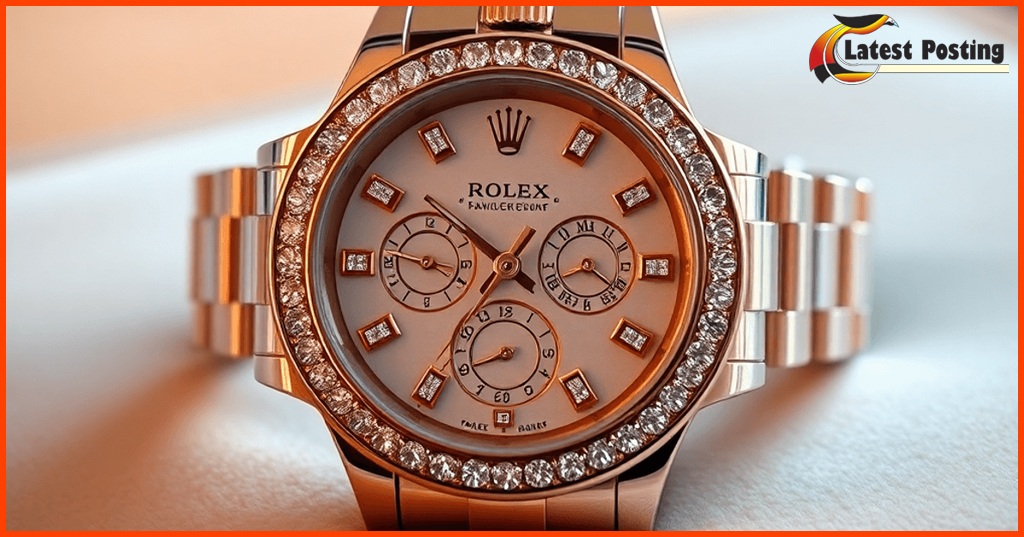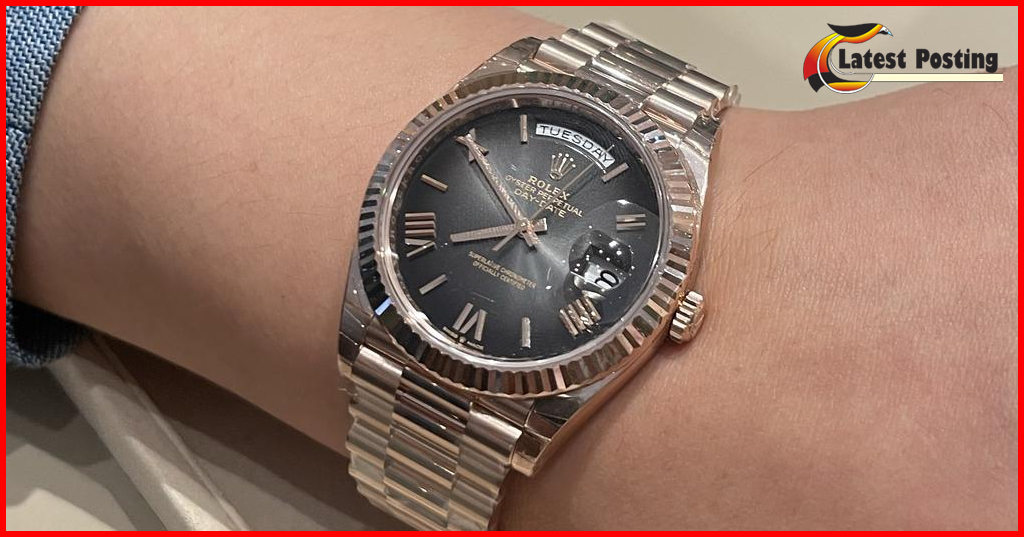Maintaining your tattoo machine is crucial for ensuring that it operates smoothly, consistently, and safely. Whether you’re a professional tattoo artist or a hobbyist, keeping your rotary tattoo machine in top condition is essential to achieve the best results. In this article, we’ll guide you through the steps to maintain your tattoo machine effectively.
Regular Cleaning and Sterilization
One of the fundamental aspects of rotary tattoo machine in Australia or any other tattoo machine maintenance is regular cleaning and sterilization. Before and after each use, it’s essential to clean your machine thoroughly to prevent ink buildup and cross-contamination. Begin by disassembling the machine, removing the grip, needles, and tubes.
Use a disinfectant solution and a soft cloth to wipe down all components, paying close attention to the grip and needle area. Sterilize the parts that come into direct contact with the client’s skin using an autoclave or other sterilization methods approved by health authorities. Remember that maintaining a clean and sterile environment is paramount in the tattoo industry.
Inspect and Lubricate Moving Parts
Rotary tattoo machines have several moving parts that require regular inspection and lubrication to prevent friction and wear. Check the motor, cam, and other moving components for signs of wear, rust, or damage. If you notice any issues, address them promptly by replacing or repairing the affected parts.
Apply a high-quality tattoo machine lubricant to the bearings, joints, and pivot points to keep them running smoothly. Avoid using excessive lubrication, as it can attract dust and dirt, causing more harm than good. A well-lubricated machine not only ensures consistent performance but also extends its lifespan.
Check and Adjust the Voltage
Maintaining the correct voltage is crucial for the proper functioning of your rotary tattoo machine. Use a voltage meter to regularly check the output voltage of your power supply. Make sure it matches the voltage requirements of your machine, which are typically provided by the manufacturer.
If you notice any voltage fluctuations, adjust the power supply accordingly. Running the machine at an incorrect voltage can lead to inconsistent tattooing and potential damage to the machine itself. Always consult your machine’s user manual for specific voltage recommendations.
Replace Worn Needles and Grips
Tattoo needles and grips are consumable items that need regular replacement. Using worn or damaged needles can lead to uneven lines, inconsistent shading, and discomfort for the client. It’s essential to check the condition of your needles and grips before every session.
Dispose of used needles safely and replace them with new, sterile ones. Additionally, ensure that the grip is secure and in good condition. Using high-quality disposable grips can simplify this process, as you can simply replace the entire grip after each use.
Store Your Machine Properly
Proper storage is often overlooked but is equally important for maintaining your rotary tattoo machine. After each use, disassemble the machine, clean it thoroughly, and store it in a clean, dry, and sterile environment. Use protective covers or cases to prevent dust and contaminants from settling on the machine.
Conclusion
Maintaining your rotary tattoo machine is essential for ensuring safe and consistent tattooing. Regular cleaning, sterilization, inspection, and lubrication are key aspects of machine maintenance or Sydney tattoo supply items. Additionally, monitoring voltage and replacing worn needles and grips are crucial for achieving high-quality results.
By following these maintenance guidelines, you can extend the lifespan of your tattoo machine and continue to create stunning artwork. Remember that a well-maintained machine not only benefits you as an artist but also ensures the safety and satisfaction of your clients.




